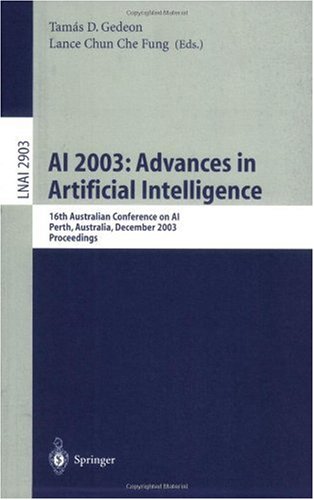

Most ebook files are in PDF format, so you can easily read them using various software such as Foxit Reader or directly on the Google Chrome browser.
Some ebook files are released by publishers in other formats such as .awz, .mobi, .epub, .fb2, etc. You may need to install specific software to read these formats on mobile/PC, such as Calibre.
Please read the tutorial at this link: https://ebookbell.com/faq
We offer FREE conversion to the popular formats you request; however, this may take some time. Therefore, right after payment, please email us, and we will try to provide the service as quickly as possible.
For some exceptional file formats or broken links (if any), please refrain from opening any disputes. Instead, email us first, and we will try to assist within a maximum of 6 hours.
EbookBell Team

5.0
78 reviewsConsider the problem of a robot (algorithm, learning mechanism) moving along the real line attempting to locate a particular point ? . To assist the me- anism, we assume that it can communicate with an Environment (“Oracle”) which guides it with information regarding the direction in which it should go. If the Environment is deterministic the problem is the “Deterministic Point - cation Problem” which has been studied rather thoroughly [1]. In its pioneering version [1] the problem was presented in the setting that the Environment could charge the robot a cost which was proportional to the distance it was from the point sought for. The question of having multiple communicating robots locate a point on the line has also been studied [1, 2]. In the stochastic version of this problem, we consider the scenario when the learning mechanism attempts to locate a point in an interval with stochastic (i. e. , possibly erroneous) instead of deterministic responses from the environment. Thus when it should really be moving to the “right” it may be advised to move to the “left” and vice versa. Apart from the problem being of importance in its own right, the stoch- tic pointlocationproblemalsohas potentialapplications insolvingoptimization problems. Inmanyoptimizationsolutions–forexampleinimageprocessing,p- tern recognition and neural computing [5, 9, 11, 12, 14, 16, 19], the algorithm worksits wayfromits currentsolutionto the optimalsolutionbasedoninfor- tion that it currentlyhas. A crucialquestionis oneof determining the parameter whichtheoptimizationalgorithmshoulduse.